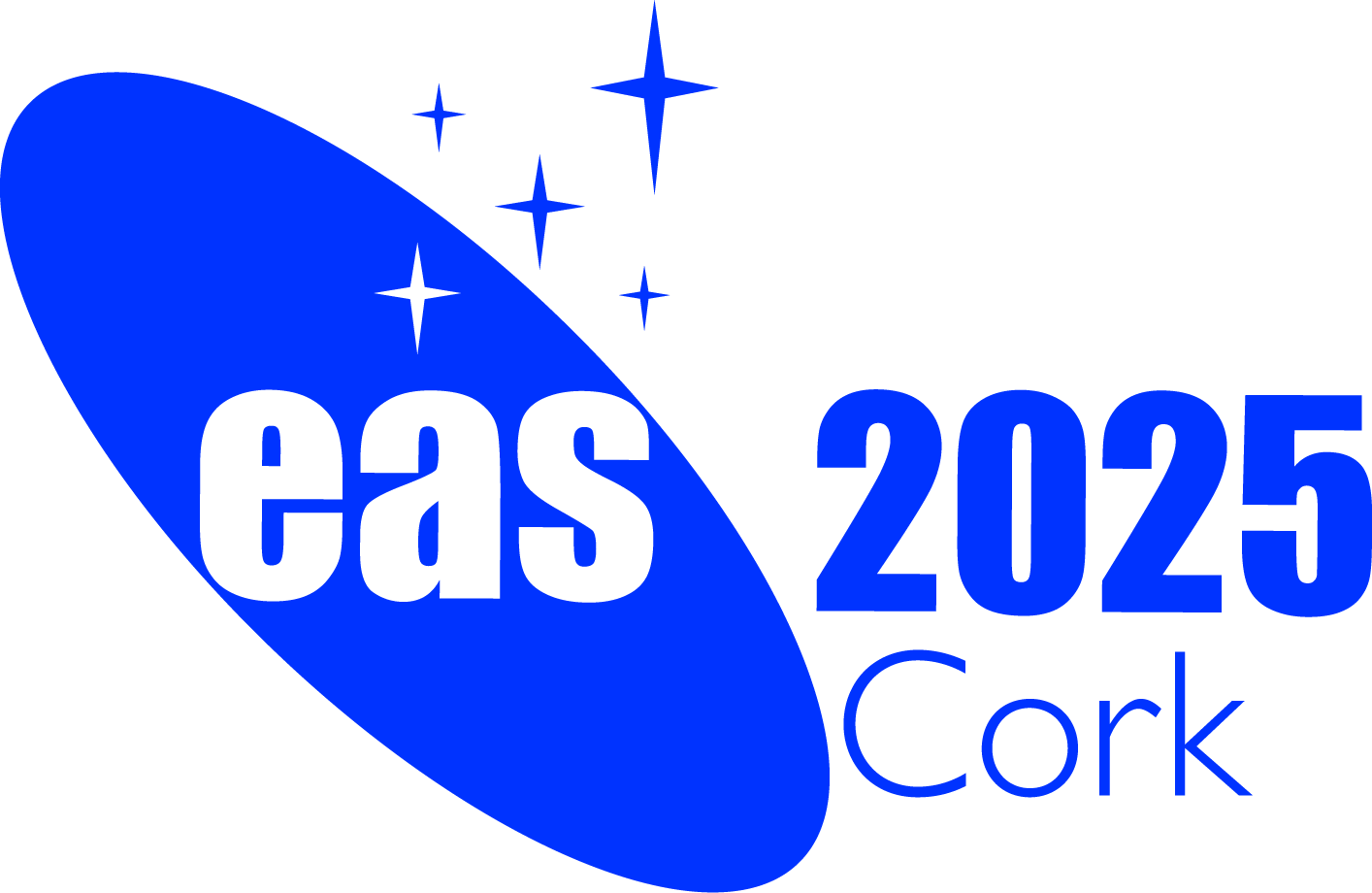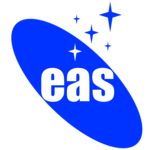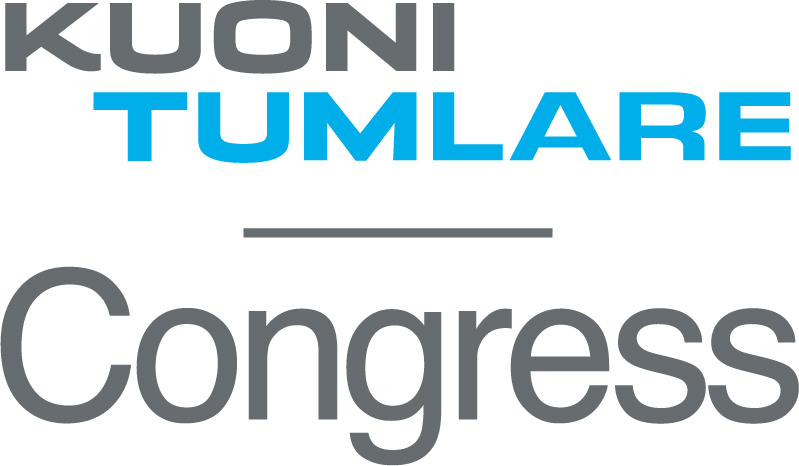Special Session SS44
24 June 2025
The HRMOS instrument: very high spectral resolution combined with multi-object capabilities
Aims and scope
 In the coming years, several large spectroscopic surveys will observe tens of millions of targets at low and medium resolution, using instruments such as 4MOST, WEAVE, and MOONS. This unprecedented data volume will revolutionize many areas of astrophysics and cosmology.
In the coming years, several large spectroscopic surveys will observe tens of millions of targets at low and medium resolution, using instruments such as 4MOST, WEAVE, and MOONS. This unprecedented data volume will revolutionize many areas of astrophysics and cosmology.
Further advancements will come with next-generation spectroscopic survey facilities, that might be operational in the 2040s, including the Maunakea Spectroscopic Explorer (MSE) and the Wide-field Spectroscopic Telescope (WST). However, while these facilities will significantly expand statistical samples, they will not provide the detailed and precise information achievable only through very high-resolution spectroscopy.
A key challenge for the future is combining the ability to observe many objects simultaneously with the power of very high-resolution spectroscopy. HRMOS will meet this need, offering a resolving power R = 80,000, along with multi-object capabilities (40-60 targets) across a 25-arcminute field of view. It will feature blue wavelength coverage and long-term stability, enabling excellent radial velocity precision and accuracy (~10 m/s).
HRMOS will be essential for breakthrough science that cannot be addressed with current or planned future instrumentation, leaving key areas otherwise unexplored. It will enable transformative research, from detecting and characterizing extrasolar planets in crowded environments, to providing alternative constraints on cosmological parameters through precise age determination of old stellar populations.
Additionally, HRMOS will uniquely complement lower-resolution spectroscopic surveys, facilitating detailed investigations into young stars and their magnetic activity, stellar physics and nucleosynthesis, star cluster evolution, Galactic and Local Group archaeology, and interstellar medium abundances.
The HRMOS project will be proposed as a new instrument for the ESO Very Large Telescope (VLT). The need for such an instrument was highlighted in the latest Report on the Scientific Prioritisation Community Poll conducted by ESO (MÚrand et al. 2021, The Messenger, vol. 184, p. 8-14).
In this Special Session, we aim to build upon this interest, present the HRMOS project, and further engage the community in the groundbreaking science it will enable. We will also explore synergies and complementarities with other next-generation instruments and facilities, both ground- and space-based.
Programme
- Detecting Hot Jupiters in Crowded Environments: From Star Clusters to the Galactic Bulge and Nearby Dwarf Galaxies
- Exoplanets, Young Stars and Magnetic Fields: Investigating the formation and evolution of exoplanetary systems in stellar clusters and characterising dynamo activity and magnetic structures in young stars
- Nucleocosmochronolgy: Ages of the oldest populations using radioactive elements - impact on cosmological parameters
- Stellar physics and asteroseismology: Exploiting the full potential of stars and star clusters with high-resolution spectroscopy
- Galactic and Local Group Archaeology: Exploiting the Milky Way and its satellite galaxies as laboratories to study galaxy formation and evolution
- The interstellar medium: Molecules and atoms in the ISM at high resolution
Invited speakers
- Francesco Pepe (University of Geneva, Switzerland)
- Sofia Randich (INAF-Osservatorio Astrofisico di Arcetri, Italy)
- Michele Cirasuolo (ESO, Germany)
- Camilla Juul Hansen (Institute for Applied Physics
Goethe University Frankfurt, Germany)
- Asa Skuladottir (UniversitÓ di Firenze, Italy)
- Alexander Mustill (Lund University, Sweden)
Scientific organisers
Laura Magrini (chair, Italy); Thomas Bensby (co-chair, Sweden); Oscar Gonzalez (co-chair, UK), Sofia Randich (co-chair, Italy)
R. Cooke (UK), V. Hill (France), R. Jeffries (UK), S. Sousa (Portugal), G. Sacco (Italy), N. Lagarde (France), A. Skuladottir (Italy), E. Tolstoy (The Netherlands), A. Miglio (Italy), R. Smiljanic (Poland), E. Fernandez (Spain)
Contact
laura.magrini @ inaf.it; sofia.randich @ inaf.it; thomas.bensby @ fysik.lu.se; oscar.gonzalez @ stfc.ac.uk
Updated on Wed Mar 26 14:31:05 CET 2025

 A power cut will shut down all EAS services on Tuesday, 10 January 2017 starting at 7:30 CET.
A power cut will shut down all EAS services on Tuesday, 10 January 2017 starting at 7:30 CET.

